Chapter 1: Introduction
Chapter 2: Annual catches and overview
Chapter 3: Actual fishing method
Chapter 4: Attention to equipment
Chapter 5: The ecology of Kokanee in my home lake (Lake Numazawa, Fukushima Prefecture)
Chapter 6: Enjoying Kokanee
Chapter 7: Conclusion
Chapter 6: Savoring Kokanee
I believe kokanee is one of the most delicious freshwater fish there is. In this chapter, I’ll introduce 15 different dishes you can make with it.
Section 1: Salt-Grilled
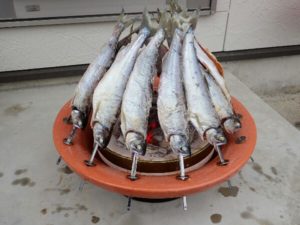 This is the simplest way to prepare kokanee. You can use a charcoal grill, or a gas or electric one. Remove the innards, sprinkle with salt, and let it sit for about 30 minutes before grilling it slowly.
This is the simplest way to prepare kokanee. You can use a charcoal grill, or a gas or electric one. Remove the innards, sprinkle with salt, and let it sit for about 30 minutes before grilling it slowly.
It tastes similar to yamame (a type of trout) but is much more refined and delicious. Think of it as a more delicate version of salt-grilled salmon. Although charcoal grilling has a great atmosphere, the fat tends to drip out, so I find that grilling with gas or electricity actually yields a tastier result.
Section 2: Fried
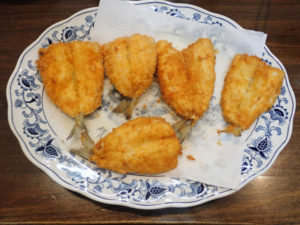 This is a very popular way to cook kokanee. Just like fried salmon is delicious, fried kokanee is also an exquisite dish. The standard recipe works fine, but a light seasoning with salt and pepper beforehand will make it even better.
This is a very popular way to cook kokanee. Just like fried salmon is delicious, fried kokanee is also an exquisite dish. The standard recipe works fine, but a light seasoning with salt and pepper beforehand will make it even better.
Section 3: Smoked
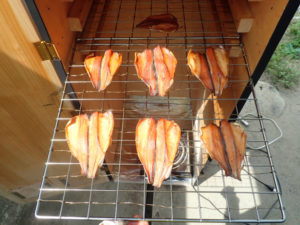 With a flavor profile similar to sockeye salmon, kokanee is a perfect candidate for smoking. It tastes significantly better than just salt-grilled.
With a flavor profile similar to sockeye salmon, kokanee is a perfect candidate for smoking. It tastes significantly better than just salt-grilled.
Hot Smoking: This method involves smoking at a low temperature of 70°C for about 6 hours. Similar to how you’d smoke rainbow trout, it produces a mild flavor.
Hot-and-Fast Smoking: This is a method popular in North America, where you smoke at a high temperature (100°C) for a short time (2-3 hours), with a soy sauce and sugar-based glaze. When I compared the two, I found this method to be more savory and delicious than hot smoking. The quick cooking time also makes it a great choice.
Section 4: Sashimi
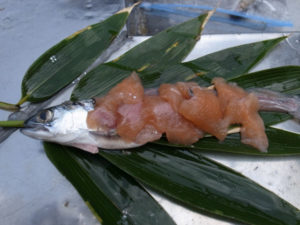 This is another simple preparation, but there is a risk of parasites with freshwater fish. Please understand that you consume this at your own risk. I remember a parasite survey by a fisheries researcher that found a small number of kokanee from Lake Numazawa were infected. If you’re concerned, I recommend freezing the fish before thawing and eating it. The salmon-pink flesh has a rich, melt-in-your-mouth texture that puts it among the best sashimi I’ve ever had.
This is another simple preparation, but there is a risk of parasites with freshwater fish. Please understand that you consume this at your own risk. I remember a parasite survey by a fisheries researcher that found a small number of kokanee from Lake Numazawa were infected. If you’re concerned, I recommend freezing the fish before thawing and eating it. The salmon-pink flesh has a rich, melt-in-your-mouth texture that puts it among the best sashimi I’ve ever had.
Section 5: Sauteed
 This is a popular method in North America, right alongside smoking. Just like salmon, kokanee pairs perfectly with butter. I once cooked freshly caught fish right on my kayak. I filleted the fish, sautéed garlic in olive oil, added butter, and quickly cooked the kokanee. Fresh fish cooks very fast, so I just seasoned it with salt and pepper and it was ready. Enjoying that meal with a view of the lake was a truly blissful moment.
This is a popular method in North America, right alongside smoking. Just like salmon, kokanee pairs perfectly with butter. I once cooked freshly caught fish right on my kayak. I filleted the fish, sautéed garlic in olive oil, added butter, and quickly cooked the kokanee. Fresh fish cooks very fast, so I just seasoned it with salt and pepper and it was ready. Enjoying that meal with a view of the lake was a truly blissful moment.
Section 6: Nanbanzuke (Sweet and Sour Pickled Fish)
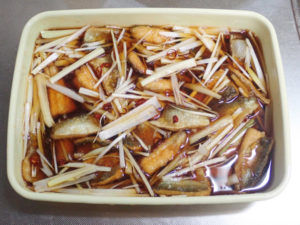 This dish is made in the same way as salmon nanbanzuke. Cut the kokanee into bite-sized pieces, fry them, and then marinate them in a sweet vinegar sauce made from dashi, soy sauce, vinegar, mirin, and water, along with thinly sliced green onions and celery. The rich flavor of the kokanee goes very well with the sweet and sour sauce, making it a very appetizing dish.
This dish is made in the same way as salmon nanbanzuke. Cut the kokanee into bite-sized pieces, fry them, and then marinate them in a sweet vinegar sauce made from dashi, soy sauce, vinegar, mirin, and water, along with thinly sliced green onions and celery. The rich flavor of the kokanee goes very well with the sweet and sour sauce, making it a very appetizing dish.
Section 7: Trout Sushi
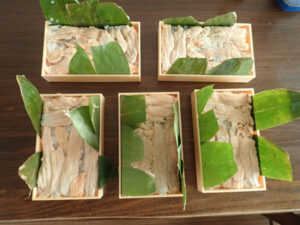 The famous “trout sushi” from Toyama Prefecture is made with cherry salmon, which is the anadromous form of yamame trout. But you can make a delicious version with kokanee as well.
The famous “trout sushi” from Toyama Prefecture is made with cherry salmon, which is the anadromous form of yamame trout. But you can make a delicious version with kokanee as well.
After filleting the kokanee, sprinkle it with salt and let it sit for about 30 minutes. Then, rinse it with vinegar and marinate it in a mixture of vinegar and sugar for about an hour. Place the fish on top of sushi rice, press it down with a weight, and let it rest in a cool, dark place for half a day. Placing it in a bento box lined with bamboo leaves gives it an authentic, delicious feel.
Section 8: Kokanee Flakes
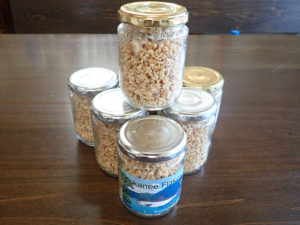 Remembering how delicious bottled salmon flakes are, I decided to make my own with kokanee. I flake the grilled kokanee, add mirin and sesame oil, and stir-fry it in a non-stick pan until the moisture is gone (be careful not to burn it). The taste is exquisite. It’s delicious on rice or in a sandwich, and you can store it in the refrigerator. It’s great to make a large batch when you have a good catch, but it’s a bit of a shame that you can’t make a huge amount since the fish are small.
Remembering how delicious bottled salmon flakes are, I decided to make my own with kokanee. I flake the grilled kokanee, add mirin and sesame oil, and stir-fry it in a non-stick pan until the moisture is gone (be careful not to burn it). The taste is exquisite. It’s delicious on rice or in a sandwich, and you can store it in the refrigerator. It’s great to make a large batch when you have a good catch, but it’s a bit of a shame that you can’t make a huge amount since the fish are small.
Section 9: Kokanee Takikomi Gohan (Kokanee Rice)

This is made in a similar way to Tai-meshi (sea bream rice). You cook rice with grilled kokanee in a broth based on soy sauce, mirin, and sake. Garnish with mitsuba (wild Japanese parsley) at the end for a refined and flavorful dish.
Section 10: Kokanee Confit
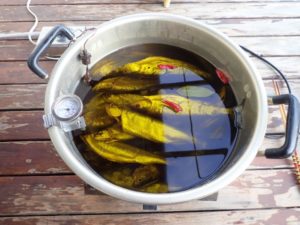 Cook the kokanee in olive oil at 70°C for about 3 hours. This makes the bones so tender you can eat the whole fish. Serving it with a sauce of your choice and a garnish of dill results in a very elegant and delicious dish.
Cook the kokanee in olive oil at 70°C for about 3 hours. This makes the bones so tender you can eat the whole fish. Serving it with a sauce of your choice and a garnish of dill results in a very elegant and delicious dish.
Chapter 1: Introduction
Chapter 2: Annual catches and overview
Chapter 3: Actual fishing method
Chapter 4: Attention to equipment
Chapter 5: The ecology of Kokanee in my home lake (Lake Numazawa, Fukushima Prefecture)
Chapter 6: Enjoying Kokanee
Chapter 7: Conclusion
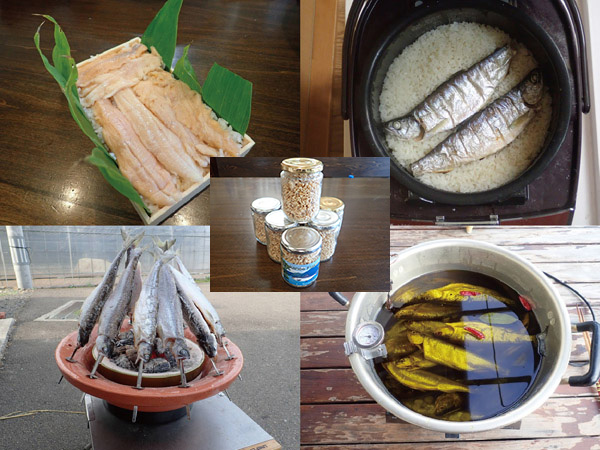
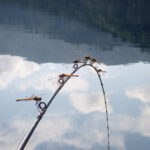
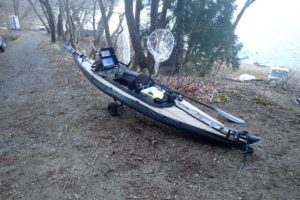
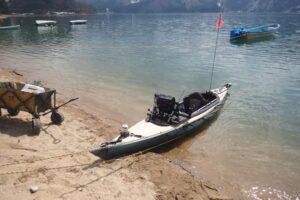

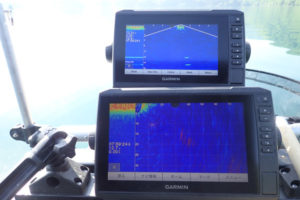

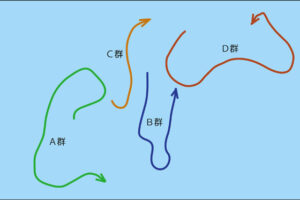
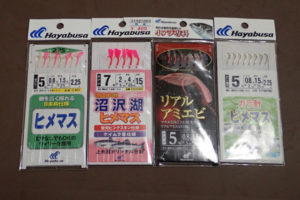
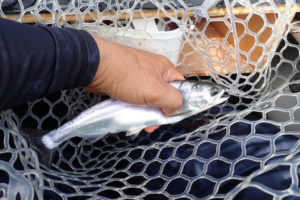
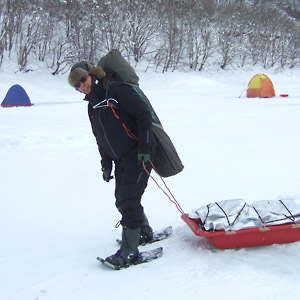
コメントを残す